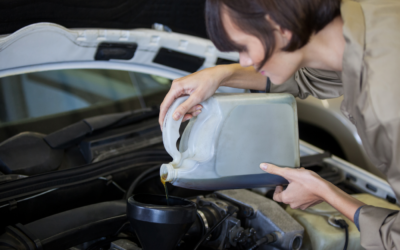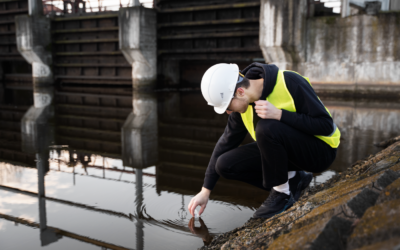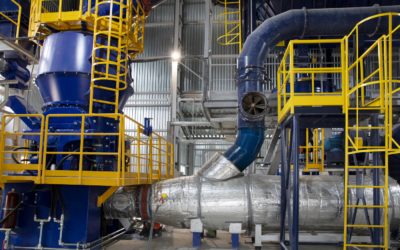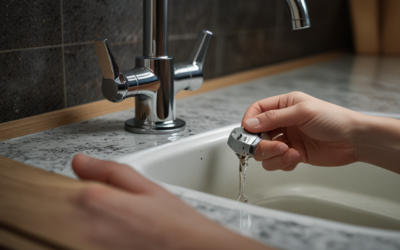As homeowners, we all have different reasons for wanting to install water lines in different parts of our properties. Some want to install a fountain in their garden, while others want to install a new bathroom or kitchen. There are also some homeowners who want to install a water line in their detached garage.
A detached garage can be a convenient addition to any property, providing extra storage space, a place to park vehicles or a workshop. It’s a great way to utilise your property if you want to expand your living space without having to add an extension to your house.
In this article, we will outline the process of running a water line into your detached garage and explore some of the factors you need to consider before you start.
Factors to Consider
Before embarking on any home-improvement project, it’s important to consider a range of factors. This will help ensure that you make informed decisions about what you want to achieve and how you want to achieve it.
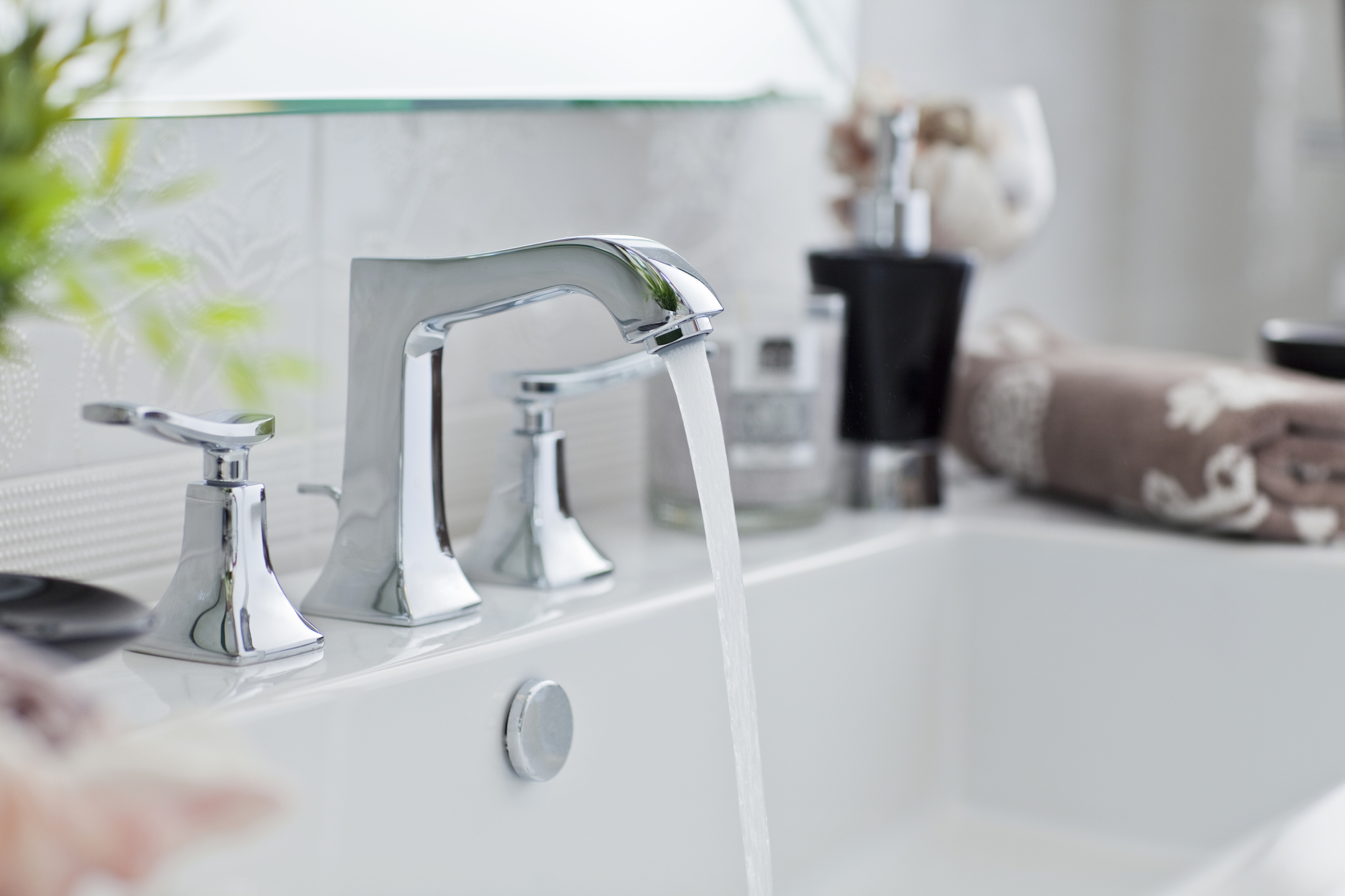
Here are some of the key factors you need to consider before running a water line into your detached garage:
1. Building Code Compliance – Building codes vary by region, so it’s important to check with your local authority to ensure that you comply with all relevant regulations.
2. Permitting Requirements – In most cases, you will need a permit to add a water line to your garage. This will also vary by region, so check with your local authority.
3. Budget – Adding a water line to your garage can be expensive, so it’s essential to set a budget and stick to it.
4. Plumbing Needs – Consider how you plan to use the water line in your garage and what type of plumbing fixtures you will need.
5. Convenience – Consider how convenient it will be to access the water line in your garage and whether any additional plumbing work will be required to connect it to your home’s main supply.

Process of Running a Water Line into Your Detached Garage
Once you have considered all the factors and obtained the necessary permits, you can begin the process of running a water line to your detached garage. Here is an outline of the key steps:
1. Determine the Location – The location of the water line will depend on the layout of your garage and your specific needs. Consider where your plumbing fixtures will be located and what type of supply lines you need.
2. Dig a Trench – Once you have determined the location, you will need to dig a trench from your home’s main supply line to your garage’s location. This will allow you to run the supply line from your home to your garage.
3. Install the Supply Line – After digging the trench, you will need to install the main supply line from your home to your garage. This will involve connecting the supply line to your home’s plumbing system and running it through the trench to your garage’s location.
4. Install Plumbing Fixtures – Once the supply line is installed, you can begin installing any plumbing fixtures in your garage. This may include sinks, toilets or water heaters.
5. Connect to Electricity – If you plan to install a water heater or other electrical plumbing fixtures, you will need to connect them to an electrical supply. You may also need to obtain additional permits for this work.
6. Test the System – After installing all the plumbing fixtures and connecting them to the supply line, you will need to test the system to ensure that everything works properly. This will involve checking for leaks, pressure and flow.
Conclusion
Running a water line into your detached garage can be a complex project, requiring careful planning and attention to detail. However, with the right preparation and expertise, it’s possible to achieve your goals and create a convenient and functional space on your property.
At Ace Plumbing Repair, we are experts in all types of plumbing projects, including water line installation. If you need help with running a water line to your detached garage, contact us today on (844) 711-1590 or visit our website at aceplumbingrepair.com.


